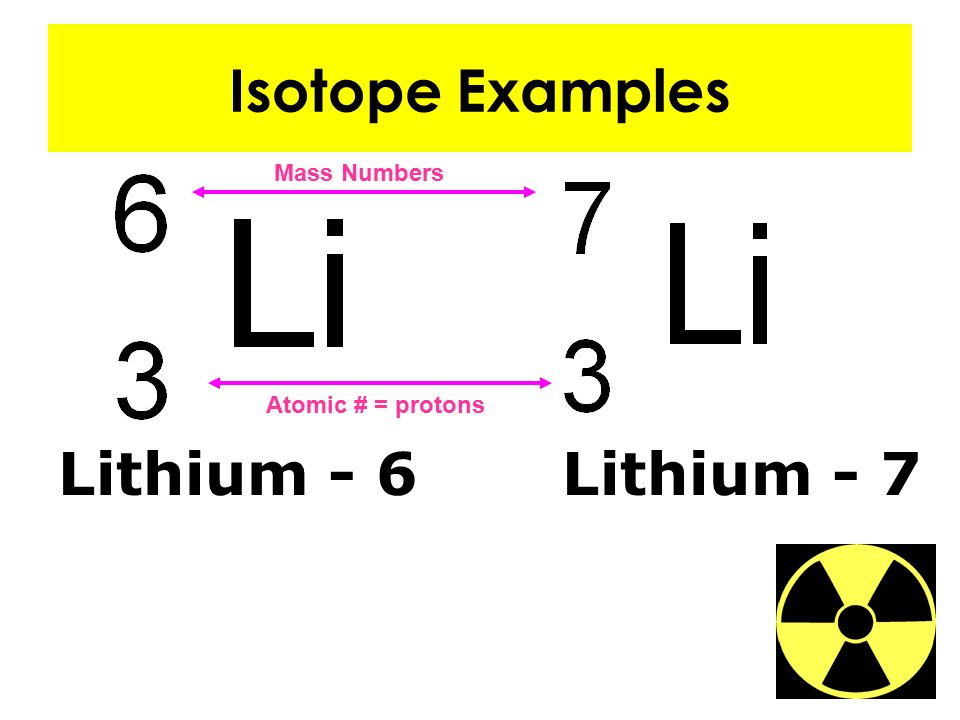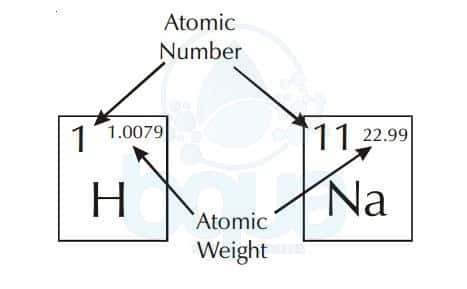


These are what are included in a standard periodic table and is what is used in most bulk calculations. The standard atomic weight refers to the mean relative atomic mass of an element in the local environment of the Earth's crust and atmosphere as determined by the IUPAC Commission on Atomic Weights and Isotopic Abundances. Relative atomic mass also refers to non-terrestrial environments and highly specific terrestrial environments that deviate from the average or have different certainties (number of significant figures) than the standard atomic weights. This is frequently used as a synonym for the standard atomic weight and is not incorrect to do so since the standard atomic weights are relative atomic masses, although it is less specific to do so. The relative atomic mass (A r) (also known as atomic weight and average atomic mass) is the average of the atomic masses of all the chemical element's isotopes as found in a particular environment, weighted by isotopic abundance. The actual numerical difference is usually very small such that it does not affect most bulk calculations but such an error can be critical when considering individual atoms. The atomic mass is defined as the mass of an atom, which can only be one isotope at a time and is not an abundance-weighted average. The atomic mass is sometimes incorrectly used as a synonym of relative atomic mass, average atomic mass and atomic weight however, these differ subtly from the atomic mass. The atomic mass may be considered to be the total mass of protons, neutrons and electrons in a single atom (when the atom is motionless). The atomic mass (m a) is the mass of an atom at rest, most often expressed in unified atomic mass units.


 0 kommentar(er)
0 kommentar(er)
